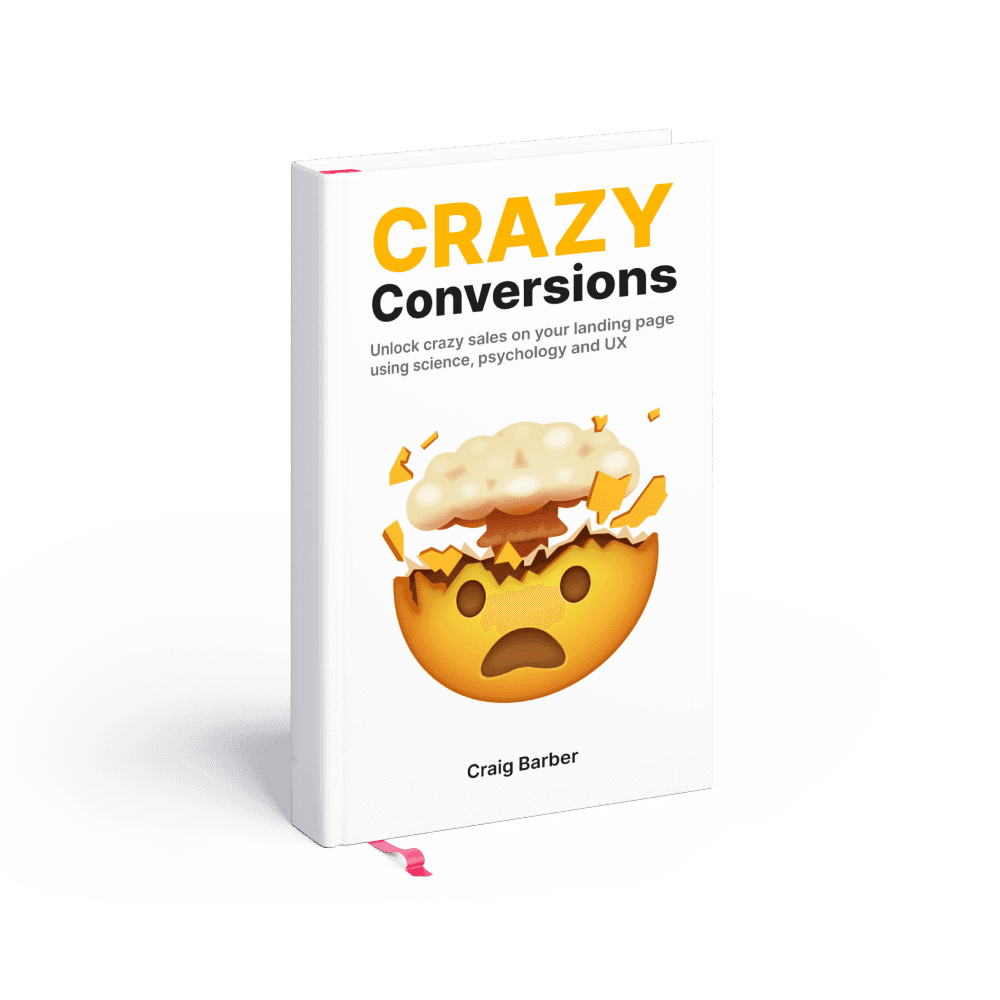Unmasking Dark Patterns: Navigating the Shadows of UX Design
Explore the psychology behind Dark Patterns and their effects on user behaviour
Welcome to another captivating journey into the realm of user experience design.
Today, we’ll be shedding light on a rather notorious aspect of this field: Dark Patterns.
While UX design aims to enhance user satisfaction and usability, Dark Patterns emerge as the deceptive side of design, influencing user behaviour in unethical and often manipulative ways.
In this blog post, we’ll explore what Dark Patterns are and delve into some examples, highlighting their effects on user experience.
Understanding Dark Patterns

To grasp the concept of Dark Patterns, let’s start by defining them.
Dark Patterns refer to user interface designs deliberately crafted to manipulate and deceive users, nudging them towards actions they might not have intended to take.
Dark Patterns exploit cognitive biases and psychological triggers, ultimately favouring the business goals of a company over the user’s best interests.
Explainer video for Dark Patterns in UX & UI design:

Ever visited an online store only to find items mysteriously added to your cart?
This classic Dark Pattern leverages pre-selected checkboxes or subtle design tricks, coercing users into making unintended purchases.
By making the removal of items difficult, users may inadvertently proceed to checkout, resulting in higher sales for the business.
Misdirection and Hidden Costs

Have you ever attempted to unsubscribe from a service, only to be led through a series of confusing steps?
Misdirection is a prevalent Dark Pattern, where designers intentionally make it hard for users to find the desired action, such as canceling a subscription.
Additionally, hidden costs, like trial periods that auto-enroll users into paid plans, exploit users’ lack of attention to fine print.
Roach Motel

You’ve likely encountered the Roach Motel Dark Pattern when attempting to delete an account or unsubscribe from newsletters.
It is characterised by the ease of signing up, while making it arduous to leave.
This tactic can frustrate users, leading them to give up and remain tied to a service they no longer desire.
Forced Continuity

Forced Continuity is a Dark Pattern that tricks users into subscribing to recurring payments or extended memberships.
By using confusing language or burying subscription details, users unknowingly commit to ongoing charges.
This approach prioritises business revenue at the expense of users’ autonomy and financial well-being.
Confirmshaming

Confirmshaming occurs when designers use manipulative language to guilt or shame users into taking certain actions.
This Dark Pattern exploits users’ fear of judgment or social pressure, compelling them to make choices they may not agree with.
For example, a website might use a button that says “No, I don’t care about saving the environment” instead of a simple “No, thanks” option.
The Ethical Path: Designing for Users' Well-being

The use of Dark Patterns can lead to short-term gains but ultimately erode trust and damage a company’s reputation.
In contrast, ethical UX design focuses on creating positive, transparent, and user-centric experiences.
By considering the following principles, designers can craft interfaces that prioritise user well-being:
Transparency

Make information clear and easily accessible, ensuring users are well-informed about their choices.
Empowerment

Provide users with control over their actions, allowing them to make decisions without coercion or manipulation.
Clarity

Design interfaces that are intuitive, straightforward, and free from misleading elements or hidden complexities.
Honesty

Avoid deceptive tactics and ensure that the design aligns with the true intentions and values of the business.
Conclusion
Dark Patterns may lurk in the shadows of UX design, but shedding light on them is essential for creating ethical and user-centric experiences.
By understanding the techniques employed by Dark Patterns and committing to transparent and empathetic design, we can foster trust, engagement, and long-term success.
So let’s strive to illuminate the path to user-friendly design and leave behind the deceptive tactics of the past.
Together, we can build a brighter and more user-centric digital landscape.
Boost sales in 30 days or your money back
Introducing Crazy Conversions, the powerful playbook helping founders unlock sales on their landing page
Boost my sales now $29

5/5 stars on Gumroad





